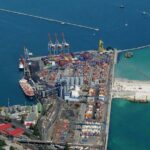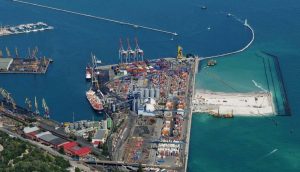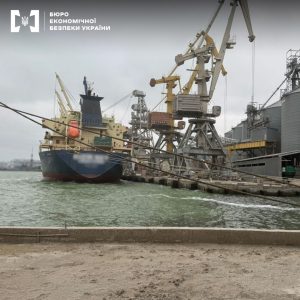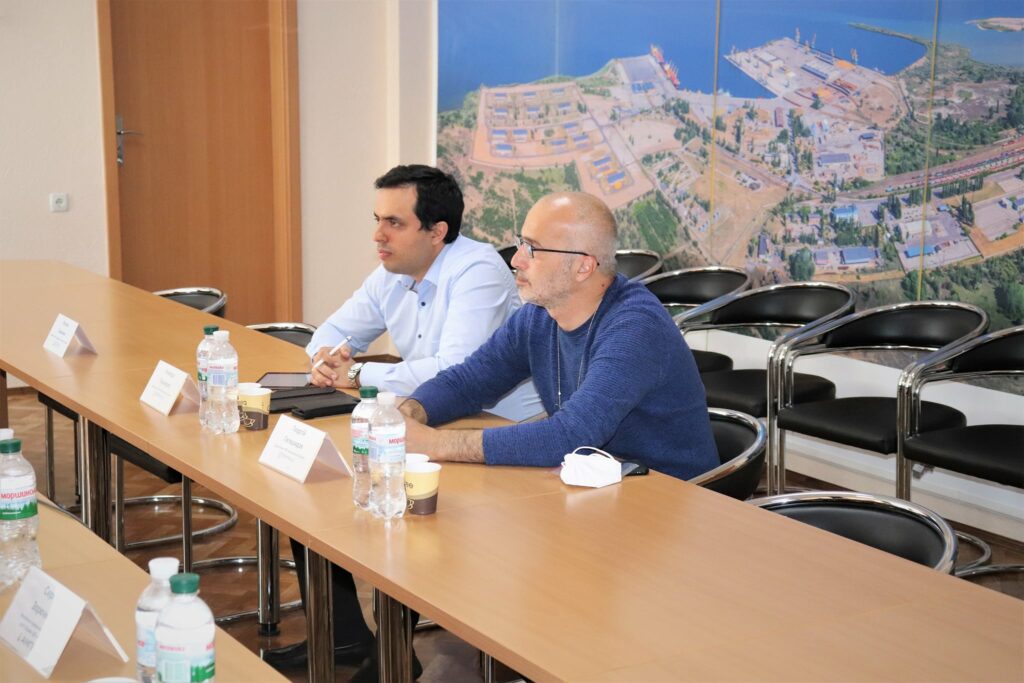An electronic customs logbook is being tested in the port of Odesa
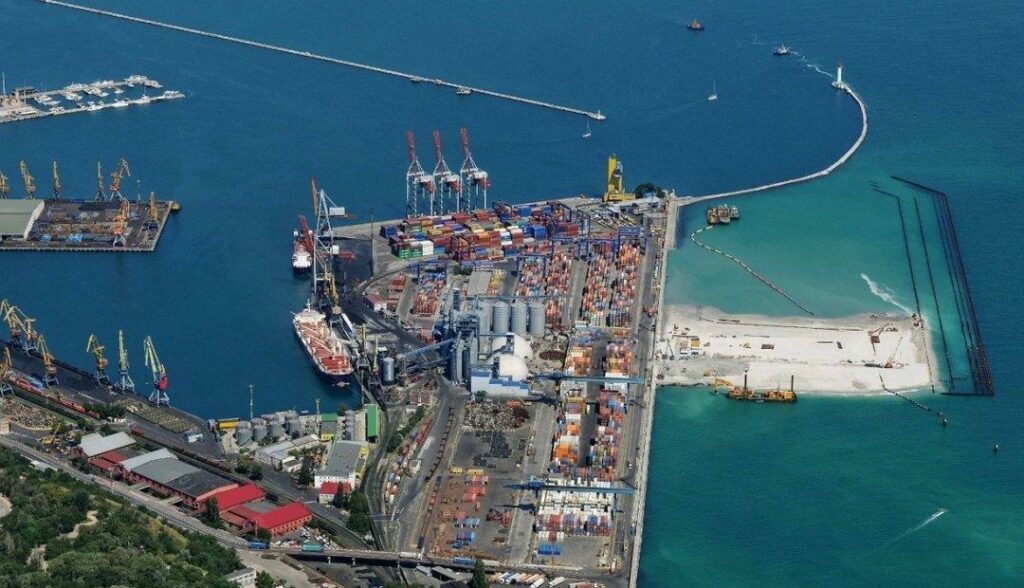

The State Customs Service is switching to a test mode of using the “Electronic Logbook of the Checkpoint of Sea Communication”.
Testing of the electronic logbook of the checkpoint of the sea traffic started on June 10th. The introduction of the logbook is one of the components of the updated Automated System of Customs Clearance (ASCS), which in the future will ensure the functioning of the “Smart Checkpoint” in seaports.
The introduction implementation of the logbook into the work of the State Customs Service will allow to automate customs clearance at sea checkpoints, which will simplify and speed up the process of customs control of foreign vessels.
“In Ukraine now there is no unified electronic system of the register of vessels for customs purposes, the processes of control procedures at sea checkpoints are not automated, there is no automatic exchange of information on vessel calls between customs and entities. Moreover, during the customs control in case of foreign vessels, an automated risk management system is not used. The introduction of the Electronic Logbook of the checkpoint of the sea traffic should centralize and synchronize the work of all structural divisions of the customs,” said Evgeniy Entis, Deputy Chairman of the State Customs Service for Digital Development, Digital Transformation and Digitalization.
In general, it is expected that the electronic logbook of the checkpoint of the sea traffic will provide customs officers and customers with:
– reception / processing / storage of documents of the vessel file in electronic form;
– handover of decisions to the members of the port community from customs in electronic format;
– automation of the implementation of procedures in the process of customs control of vessels crossing the border of Ukraine;
– log of the inspector’s actions during customs control;
– control over import / export of foreign vessels;
– automation of risk assessment during control procedures in relation to the vessel;
– acceptance / storage of data on containers unloaded from the vessel;
– acceptance / storage of shipping orders.
Three electronic registers were chosen for testing the system – vessel files, container accounting and order accounting. For operation in the port of Odesa, the 3 most common scenarios are implemented, which will allow to test the development and get comments from the direct users of the system:
- registration of the departure of a foreign vessel with an overdue obligation to re-import (export), including basic work with documents and formalities;
- a full cycle of registration of a foreign vessel: arrival and departure, with the imposition of an obligation and closing without delay, including the handling of extraordinary situations: sending for revision, cancellation of formalities and marks;
- full cycle of registration of Ukrainian vessel to check the work with an obligation.
This is the first stage of the functionality. The next steps will automate the work with general declarations of arrival, scale the use of the Electronic Log of the checkpoint of sea traffic to all ports of Ukraine, as well as provide accounting and customs control of goods that cross the border at sea checkpoints and are transported in containers. After testing, a pilot project will be launched at the Odesa Customs. Then, within 3 months, a decision will be made to expand the development at the national level.
Customs reform involves the introduction of new IT solutions to modernize services and processes of its work. IT-transformation of customs provides 6 main directions: “Cabinet of interaction with customs”, “Customs control and clearance”, “Public reporting and analytics”, “Smart checkpoint”, “Cybersecurity”, “Harmonization with the EU”. These areas are also components of “e-Customs” – one of the digitalization projects provided for by the Resolution of the Cabinet of Ministers. They are expected to be implemented by the end of 2022.
Creation of “Logbooks of checkpoints” (sea, road) is provided for by the direction of “Customs control and clearance”.
